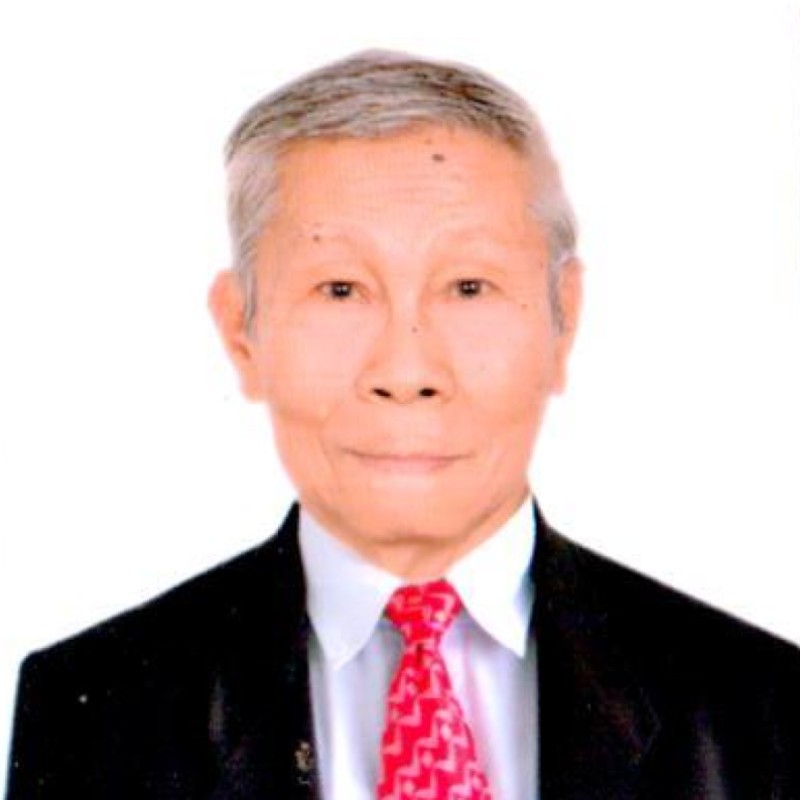GLIMPSES & GAZES
By Severino C. Samonte
Spotlighting Filipino legislators since the First PH Republic in 1898
Share
Most of the younger generations of the Filipino population of over 114 million at present may be interested to know that the First Philippine Republic under President Emilio F. Aguinaldo had a national budget of just PHP6,324,392 in 1899.
Certainly, many observers would comment that such an amount was just a drop in the bucket compared with today's national government budget of over PPP5.76 trillion.
What was more interesting was that the Filipino legislators at that time had a salary of only PHP6,000 per annum, or PHP500 monthly.
These data and other related information can be gleaned from the book "Foundations of Freedom: A History of Philippine Congresses" written by veteran author and editor Jose P. Abletez and published by the Merriam and Webster Bookstore Inc. in 1989.
The book contained a chronology and complete directory of legislators from the unicameral Malolos Assembly of Representatives (1898-1899) to the bicameral Congress restored under the Philippine Constitution of Feb. 2, 1987. It also showed the structure, membership, term of office and salary of members.
Abletez wrote that President Aguinaldo issued on June 18, 1898 a decree providing for the election of representatives to a "republican assembly" to constitute the national lawmaking body to be known later as the Malolos Congress.
The Revolutionary Congress, with 92 official representatives, including 35 elected by town chiefs of different provinces, convened at the Barasoain Church in Malolos, Bulacan on Sept. 15, 1898 "to perfect the organization of the Filipino government."
The following day, the Malolos Congress elected Pedro A. Paterno as president of the assembly; Benito Legarda Sr., vice president; and Gregorio Araneta and Pablo Ocampo, secretaries.
These officials approved the 1899 annual budget of PHP6,324,792 for the Republic and authorized the issuance of paper money in small denominations amounting to PHP3,000,000 redeemable in three years.
According to Abletez, the Malolos Congress was replaced by the unicameral Philippine Commission composed of nine appointive members from 1901 to 1907.
From 1907 to 1916, a bicameral Philippine Assembly existed together with the Philippine Commission. It was composed of 80 elective members with a salary of PHP6,000 each per annum.
On Aug. 19, 1916, the United States Congress enacted the Jones Law calling for, among other provisions, a bicameral Philippine Legislature composed of a 24-member Senate (22 elective, two appointive) and 98-member House of Representatives (89 elective and nine appointive). They had the same remuneration of PHP6,000 annually until 1935.
The unicameral Commonwealth Congress existed from 1935 to 1941, when it was disrupted by the outbreak of World War II.
A wartime National Assembly was organized on Sept. 20, 1943, composed of 108 members, including 46 provincial governors and eight city mayors appointed as ex-officio members.
With the end of the Japanese occupation of the Philippines in 1945 and the grant of Philippine Independence by the United States on July 4, 1946, the bicameral Congress was restored. It was composed of 24 senators with a term of six years and 120 congressmen with a four-year term and salary of PHP10,000 per annum.
The bicameral Congress was deemed phased out with the ratification by the barangay assemblies of the 1973 Constitution on Jan. 18, 1973. Then President Ferdinand E. Marcos Sr. issued Presidential Decree No. 955 creating the Batasang Bayan or Legislative Advisory Body composed of 130 members to help the Chief Executive in making laws for the nation.
During the martial law years, the unicameral Batasang Bayan existed from 1976 to 1978. Its members had no permanent remuneration and received per diems only when performing their legislative functions.
From 1978 to 1984, the Batasang Bayan was replaced by the Interim Batasang Pambansa (IBP) composed of 158 elective members, 14 sectoral representatives and 12 Cabinet members. They had a term of six years and a salary of PHP60,000 each per annum.
A national election was held on May 14, 1984 for the 200 members of the unicameral Regular Batasang Pambansa (1984-1986). They enjoyed the same salary of PHP60,000 each annually until the outbreak of the February 1986 People Power Revolution.
Upon the restoration of the bicameral Congress under the 1987 Constitution, the first election for 24 senators and 200 members of the House of Representatives (plus 50 appointive under the party-list system of elections), was held on May 11, 1987.
At the start of their first term in 1987, the senators and the congressmen had an annual salary of PHP204,000 each, according to Section 17, Article XVIII, or Transitory Provisions of the 1987 Constitution.
Comments
About the Columnist

He began his journalistic career by contributing to the Liwayway and Bulaklak magazines in the 1960’s. He was the night editor of the Philippine News Service when Martial Law was declared in September 1972. When the Philippine News Agency was organized in March 1973, he was named national news editor because of his news wire service experience.
He retired as executive news editor in 2003. He also served as executive editor of the Malacanang-based Presidential News Desk from 1993 to 1996 and from 2005 to 2008.
